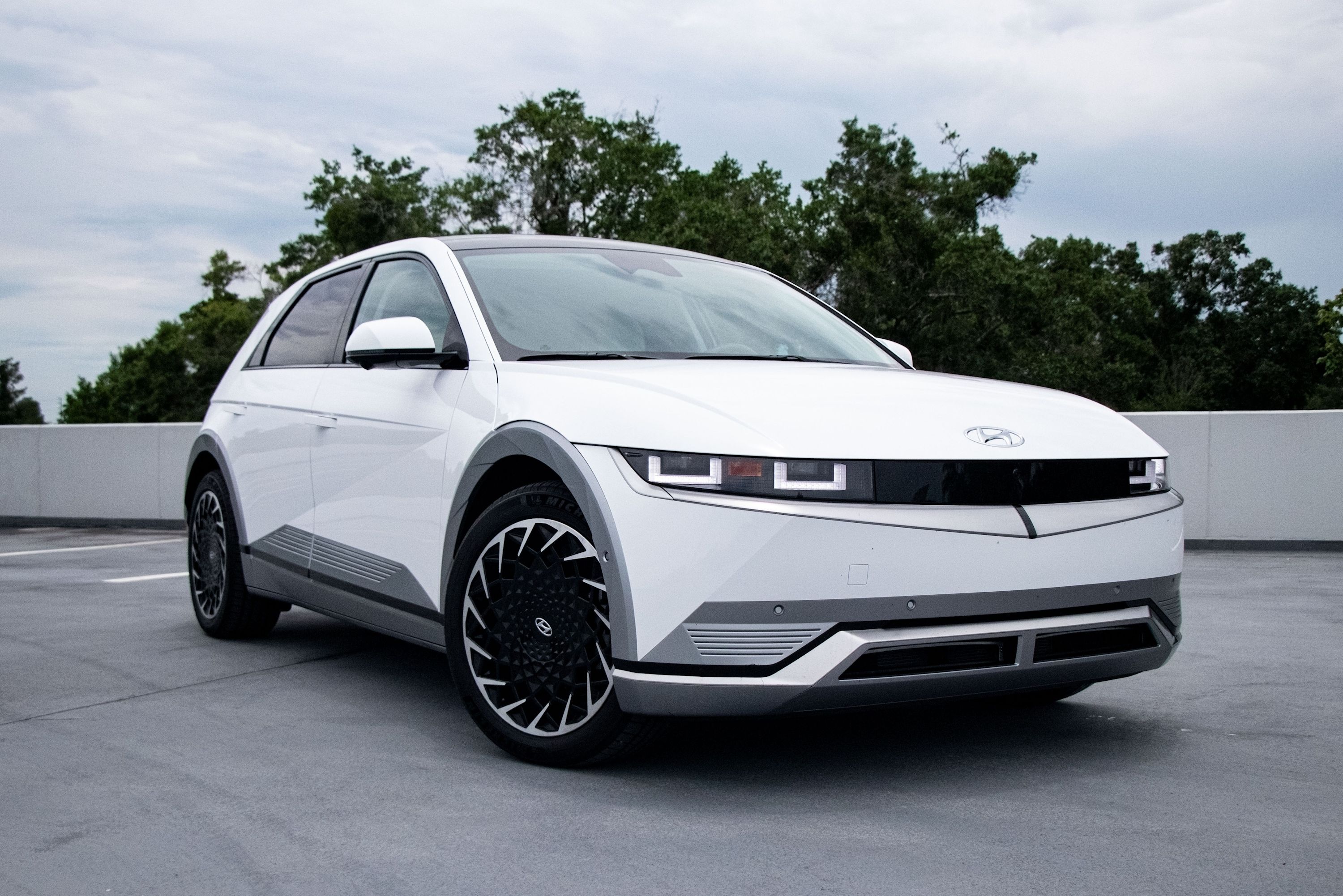
Unless you buy into the concept of the film Cars, then an automobile's headlights are its proverbial eyes, particularly in the case of the highly anthropomorphized Mazda MX-5 Miata where its design looks very happy across all four generations. But in practice, headlights aren't really eyes. That's because, on a fundamental level, eyes receive/perceive light and images, while headlights project. Hyundai thinks this doesn't have to be the case, however.
In a patent filing submitted to the USPTO and discovered by CarBuzz, Hyundai Mobis - the technological subdivision of Hyundai responsible for crab-walking tech and the next best thing in head-up displays - the Korean automaker has developed a combination headlight system that works as both a camera and a headlight.
What might the purpose of such an invention be? Well, when it comes to autonomous or semi-autonomous driving, cameras and Lidar are the eyes and ears of a car that enable it to see traffic, pedestrians, and any potential threats, including bullets. Lidar systems seem to be typically roof-mounted, radar is regularly grille-mounted, and cameras have typically been installed in the rearview mirror housing in a windscreen. But in positioning these cameras on the outboard edges of a vehicle, the ability to triangulate and calculate distances by means of trigonometry between the car and any obstacles is vastly increased. In the case of a car like the 2022 Hyundai Ioniq 5, the wide positioning of the headlight clusters would be ideal for something like this.
Hyundai has filed the idea of a headlight/camera system before but has now further enhanced the tech to solve an issue wherein the emission of light creates glare through the lens that then distorts visibility for the camera itself. Hyundai has thus proposed a new design with a divider within the housing that entirely blocks off the light being emitted from distorting the camera image. This includes more than just a partition between the two elements, but a partition in the lens itself to prevent light refracting sideways.
Visually, there would be only a minor separation between the two elements, but in practice, it could create a dual-function light cluster that improves visibility for the car's computer systems while simultaneously creating a cool design element as automakers could engineer light signature designs to be even more eye-like than ever before.
